Whether you are looking to get rid of birds in your home or in your yard, there are a variety of methods you can use to get rid of them. These include chemical sprays, shock track systems, and pigeon poison.
Pigeons
Having a pigeon infestation in your home or business can be a major concern. These birds carry diseases, and can leave droppings that can corrode metals and concrete. They also may carry insects and mites.
The good news is that there are a few different humane and effective methods for pigeon removal. These methods include repellents, live traps, and spikes. These methods can help keep your pigeons out of your home or business for good.
Pigeons are a common bird species. They are also known for their homing instinct. They build nests in crevices and fissures, as well as cavites and bridges.
European starlings
Having been intentionally introduced from Europe to the United States in the late 1890s, the European Starling has become an invasive species in both North and South America. It has spread to every part of the contiguous United States, from Alaska to Mexico, and is considered a nuisance pest. They damage crops, carry disease to humans and livestock, and can cause property damage.
The European Starling can live up to twenty years and is extremely aggressive. It can outcompete its native species. They eat a wide variety of foods, including seeds, grains, insects, spiders, and fruits. They also destroy other birds’ nests.
House sparrows
Getting rid of house sparrows can be difficult. They are persistent, aggressive, and can cause serious damage to property. Their droppings contain microorganisms that can cause health problems.
They can also contaminate your poultry meat. So, it is important to use an effective, non-chemical technique.
The most common control techniques include removing or excluding house sparrows from their nesting sites. They can nest in a variety of locations, including gutters, roof overhangs, commercial billboards, loading docks, and corners of equipment. They prefer to live near humans and feed on grains, seeds, and fruit.
Pigeon poison
Using a pigeon poison for bird extermination is not recommended. This is because the poison can be dangerous to pets and other animals. It also may be illegal to use in certain locations.
The best way to control pigeons is through diet. You can feed them a special food or add it to water. You can also install a bird net on your property. This will prevent them from roosting in areas that you do not want them to. This will prevent them from destroying your garden and fruit bushes.
Shock track systems
Using an electrical shock track to discourage pest birds from perching on your roof can be effective. The device is narrow and can be easily installed on curved and flat surfaces.
An electric shock track works by delivering a mild electrical shock to birds. This will make them nervous and avoid the area. However, smaller birds may be killed by the electricity.
The same technology can be used to discourage pigeons from roosting on your building. Similarly, a shock track system can be used to discourage crows from roosting in your yard.
Chemical sprays
Almost 100 million birds die in the United States each year from the effects of chemical sprays. Many of the chemicals are acutely toxic to birds, while others have less severe effects.
The most common poisons are cholinesterase-inhibiting organophosphates and carbamates. These substances are widely used and are toxic to birds at low doses. They break down quickly in water and soil, and they inhibit the enzyme that allows the nervous system to work properly.
Another popular chemical is carbofuran, a century-old chemical that is now being weaponized against wildlife. It has killed gulls, songbirds and other birds.
St. Louis encephalitis
Until 1999, the Saint Louis encephalitis virus was the most common mosquito-transmitted pathogen in the U.S. It is a flavivirus that is closely related to West Nile virus and Japanese encephalitis virus. It is a virus that is maintained in birds and mosquitoes. It causes a variety of symptoms in humans, including fever, headache, body aches, and nausea. In some cases, the disease leads to encephalitis and meningitis.
Historically, SLEV has been transmitted by mosquitoes in the genus Culex. However, in the early 2000s, the West Nile virus was introduced into the United States. This virus changed the way SLEV is transmitted.
